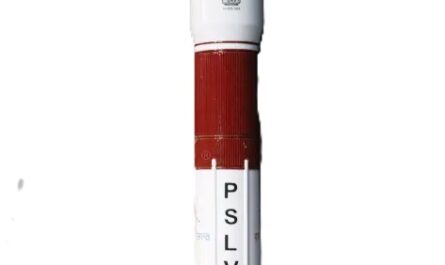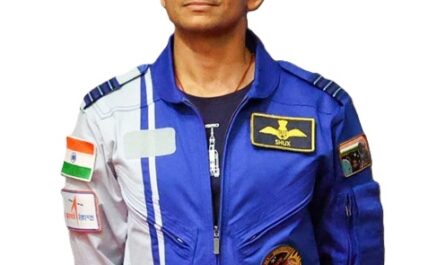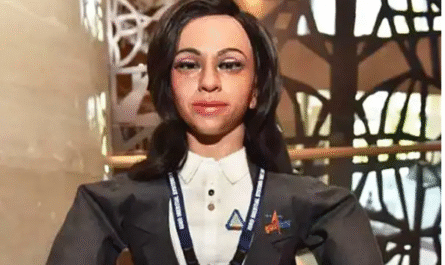🌱 Growing Life Beyond Earth: How Shubhanshu Shukla Cultivated Moong and Fenugreek on the ISS
In a groundbreaking move that bridges agriculture and space science, Group Captain Shubhanshu Shukla of the Indian Air Force marked a major milestone aboard the International Space Station (ISS). As part of the historic Axiom Mission 4, Shukla didn’t just represent India in space—he took Indian agriculture along with him by growing moong (green gram) and methi (fenugreek) in microgravity.
This was not just a symbolic gesture, but a part of serious scientific research into space farming, crucial for the future of long-duration space missions and sustainable life beyond Earth.
🚀 Why Grow Plants in Space?
As humanity plans for extended stays on the Moon, Mars, and even further, the ability to grow fresh food in space is vital. This ensures:
-
Sustainability during long missions
-
Reduced dependency on cargo supply from Earth
-
Better psychological health for astronauts
-
Improved oxygen generation and carbon dioxide absorption
Moong and methi were specifically chosen due to:
-
Their short growth cycles
-
High nutritional value
-
Seeds being native to India, showcasing Indian agricultural strength
-
Their adaptability in controlled growth environments
🌿 Shubhanshu Shukla’s Experiment on the ISS
🧪 The Setup
Carried aboard the ISS in controlled seed chambers:
-
Seeds of moong and methi were placed in soil-less media using hydroponic techniques
-
Water and light were delivered through automated systems to mimic natural conditions
-
Cameras and sensors monitored growth, humidity, temperature, and light exposure
-
The growth period was approximately 14 to 21 days
🛰️ The Challenges in Microgravity
Growing plants in space is not as simple as placing a seed in soil. Shukla’s experiment had to overcome:
-
Absence of gravity, which affects root orientation and nutrient absorption
-
Water flow issues (since water forms spheres in microgravity instead of flowing down)
-
Light exposure optimization
-
Managing air circulation to avoid mold growth
Despite these, the plants germinated successfully and began showing healthy shoot and leaf development.
🌾 What Happened to the Seeds Afterward?
🔬 Harvesting and Seed Collection
After the growth phase:
-
Some plants were allowed to complete their reproductive cycle
-
New seeds were formed under space conditions — the real scientific treasure
-
These space-grown seeds were harvested carefully and sealed in sterile conditions
🧑🔬 Back to Earth: For Future Generations
Once returned to Earth:
-
The seeds underwent biological and genetic analysis
-
Scientists at ISRO and Indian agricultural research institutes began studying:
-
Growth patterns compared to Earth-grown seeds
-
Nutritional content variations
-
Genetic changes due to cosmic radiation and microgravity
-
Potential for enhanced resilience in extreme environments
-
The aim is to use these seeds in future space farming modules and possibly develop new climate-resilient crops for Earth.
🌍 Why This Matters for India and the World
🇮🇳 For India:
-
This experiment puts India on the global map of space-agriculture research
-
Highlights India’s contribution beyond launching rockets — now in deep space biology
-
Encourages youth to explore agro-science, space tech, and interdisciplinary research
🌌 For the World:
-
Validates that even simple, native crops can thrive in space
-
Supports the dream of self-sustaining space colonies
-
Opens doors to bioengineering crops that can grow in extreme environments like Mars
💡 A New Era Begins
Group Captain Shubhanshu Shukla has not just grown seeds in orbit—he has sown the vision for the future of food, farming, and interplanetary survival. The humble moong and methi he nurtured may one day feed astronauts traveling to Mars or growing crops on a lunar base.
His mission is a reminder that in the race to space, we must also learn to grow, sustain, and live.
🌠 Final Thought:
“When seeds grow in space, they don’t just sprout leaves—they blossom into symbols of hope, resilience, and the boundless potential of human ingenuity.”





